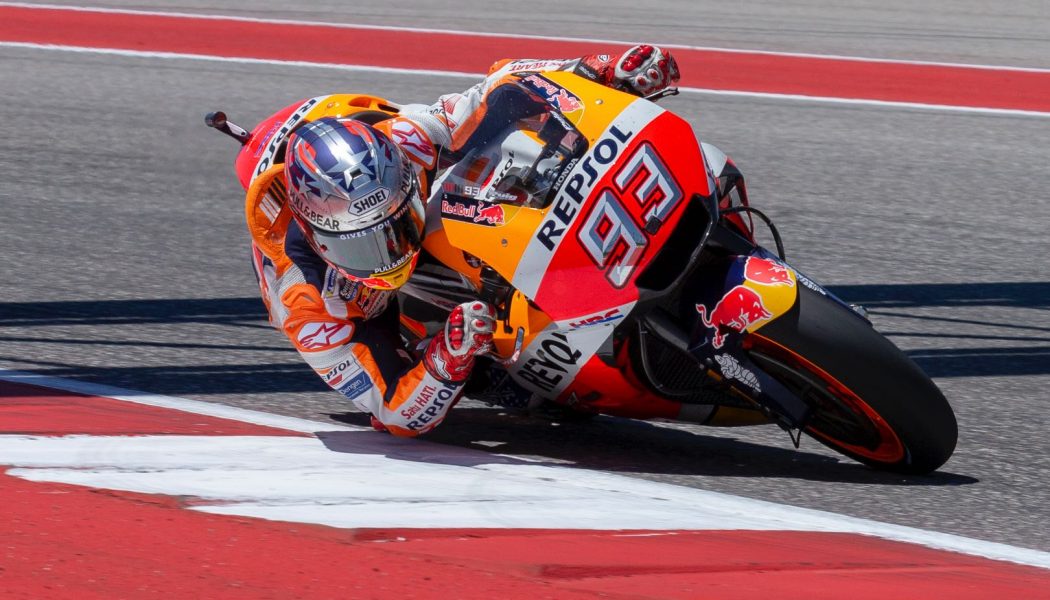The results
Embracing New Technology
Through the unique solution that Tata Communications provided, Dorna now utilises a mix of fibre optics backed-up with satellite. They have 1GB of bandwidth at each track, enabling them to set up more cameras and deliver more content to the broadcasters who take their content feeds. They distribute motorcycle racing action to more than 80 broadcast partners reaching over 200 million households worldwide.
There’s low latency capability for those watching on an app or Smart TV. High quality content that can be downloaded on mobile devices and streamed for use with OTT providers. And there has been a trial to provide Wi-Fi access to fans in the grandstands (I’m sure we all hope this gets replicated at every venue pretty soon).
This is a broad sweep of technological advancements; an experience that may be moving towards virtual reality and live 360 content in the future.
It’s meant that, since 2017, Dorna could put more cameras on every bike, providing 360° film and streaming live content with a feed that constantly switches between riders. I get what they’re trying to do – this is an immersive experience, where viewers feel like they’re actually in the seat, travelling around the track at over 350kmph.
And this is only part of it. Through Tata Communications and Dorna’s daring approach in embracing new technology, they now have the foundations in place to take the sport to the next level.
Not just 4K High Definition feeds, but also remote production to massively reduce travel costs (previously editing was done on-site). Tata Communications can also send content direct to the broadcasters like Sky and BT, as they are part of their ‘eco-system’.
It’s all possible from the Tata Communications control centre – custom built in the run-up to the race and dismantled not long after. And amid all the hundreds of screens, and literally kilometre after kilometre of cables, I also found people who are experienced in what they do, but wanting to learn more about MotoGP’s unique and often complex needs. They genuinely care.
This is a case of a team not just managing the equipment needed for 19 races over 9 months of the year, and even digging up the road to get the fibre connection to the track, but little things, like providing mobile phone SIMs for the whole Dorna production team, so they didn’t have roaming charges when moving around the world. This is an end-to-end service that increases efficiencies and saves money at every turn.
As sports restart behind closed doors, they are following stringent health and safety protocols. Staggered entry and exit from premises, limit on traveling team personnel, extensive testing and a “bubble” concept for health and safety. With such strict caps on the number of personnel present, all non-essential functions have been moved away from the venue.
This includes functions like social and digital media management, which generally demands an onsite presence, with real time capture, edit and publish of content from the venues. Several sports are experimenting by migrating their entire social media teams to centralized, or even distributed, remote locations to enable work-from-home. As circumstances precipitate the need for technology such as remote production and remote working, Tata Communications ensures that the Dorna production team is well-placed to meet these challenges.



